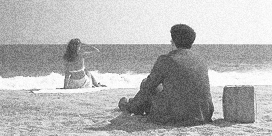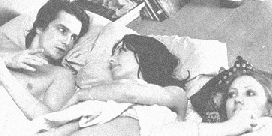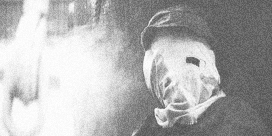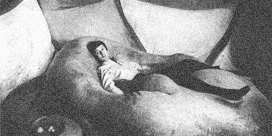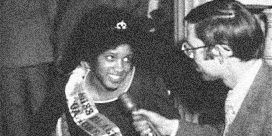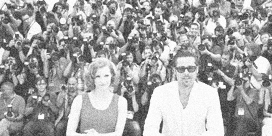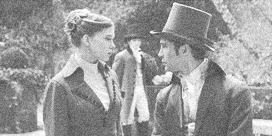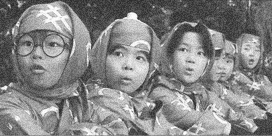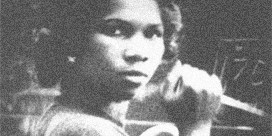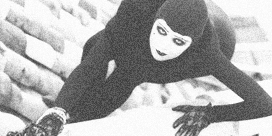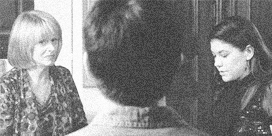February Sixteenth–
Twenty-Eighth Two-Thousand Eleven
by Leo Goldsmith For over a decade, Documentary Fortnight, the Museum of Modern Art’s showcase of new non-fiction work, has been a useful winter warmer for the year ahead. The two-week program routinely offers premieres of documentaries destined for year-end best-of lists – this year, Clio Barnard’s The Arbor and Patricio Guzmán’s ’Nostalgia for the Light’ – but there’s a wealth of less widely heralded work, too: Li Ning’s loopily patchwork and personal Tape, Huang Weikai’s post-modern city symphony Disorder, Xu Xin’s epic and seering Karamay, Peter Bo Rappmund’s trippily conscientious Psychohydrography, and Xu Tong’s gritty and intimate Fortune Teller. Among these excellent films, Kazuhiro Soda’s Peace was notable especially for the atmosphere it cast, patient and palliative, in its minutely precise observations of the daily work of the Kashiwagis. This aging couple, who run a volunteer taxi and health-care service for welfare recipients in suburban Japan, forms the subject of Soda’s earnest and endlessly curious portrait, which never feigns a direct-cinema objectivity as it follows the couple on their daily rounds. In the process, Soda’s camera becomes just another member of the Kashiwagis’ warm, capacious, and ad hoc community—one that comprises nonagenarians, the disabled and mentally ill, and a limping cat with a heart-shaped spot on its fur.





